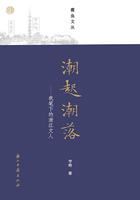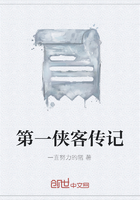The Shaolin Temple is located on the Songshan Mountain in Dengfeng City, Henan Province. It is one of the best known Buddhist temples in the world. As the birthplace of Shaolin Kung Fu, it was established in the dense forest of the Shaoshi Mountain, the central peak of the Songshan Mountain range, hence its name (“lin” in Chinese means forest). The Shaolin Temple enjoyed great prestige during the Tang Dynasty (618-907), and had the reputation as “the Number One Temple under Heaven”. In 2010, The Shaolin Temple and other several other renowned sites across Dengfeng were accepted onto the World Heritage List under the title of Historic Monuments of Dengfeng in the “Centre of Heaven and Earth”.
The Shaolin Temple was built by Emperor Xiaowen of the Northern Wei Dynasty in 495 for a monk from the Western Regions. Indian monk Bodhidharma once visited here to spread Buddhism. From that time, the Temple expanded gradually with the increase in the number of monks. Its reputation and prestige grew steadily. Bodhidharma was considered the founder of the Chan sect of Chinese Buddhism and the Shaolin Temple was generally regarded as his birthplace.
Shaolin Kung Fu is famous around the world. There is a saying in the Chinese martial arts community that “all Kung Fu originates in the Shaolin Temple”. When talking about Shaolin martial arts, one has to mention the legend of the “13 martial arts Monks who Rescued the Future Emperor of the Tang Dynasty”. Toward the end of the Sui Dynasty (581-618), Wang Shichong conquered Luoyang City, crowned himself Emperor and proposed his nephew as the new military commander. He and his commander busied themselves with killing and fighting, ignoring the plight and hardships of the people. At the time, there were 13 martial arts monks in the Shaolin Temple who were responsible for farming and protecting the temple. One day, they found a jade seal inscribed with the “Seal of the King of Qin.” They were told that Li Shimin, Prince Qin, was solicitous for the welfare of the people, and had done much to give people a prosperous life in his previous administrative role. Li was said in danger and the 13 monks decided to rescue him. They dressed as woodmen and managed to get into Luoyang prison and rescue Li Shimin. They then brought him all the way out of the city walls. Later, Li Shimin became an Emperor of the Tang Dynasty (618-907). The Shaolin Temple was compensated richly for their loyalty and courage. They were allowed to keep a standing army of monks, and this made the great development of Shaolin martial arts possible. After that, the Shaolin Temple began to enjoy world renowned fame and Shaolin Kung Fu became the standard bearer for traditional Chinese martial arts.















